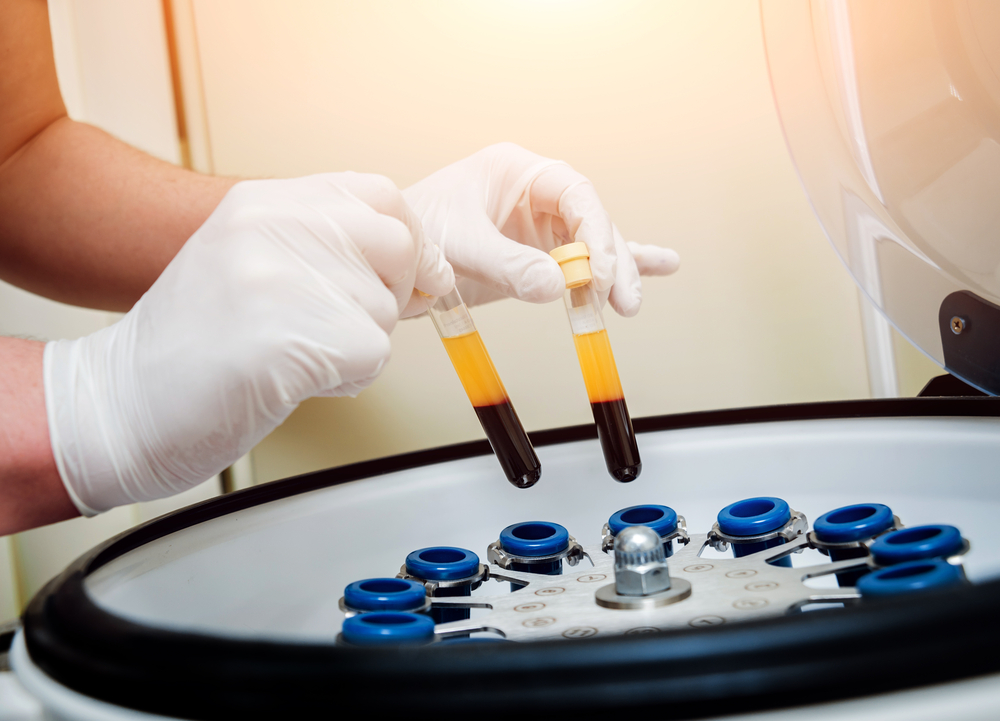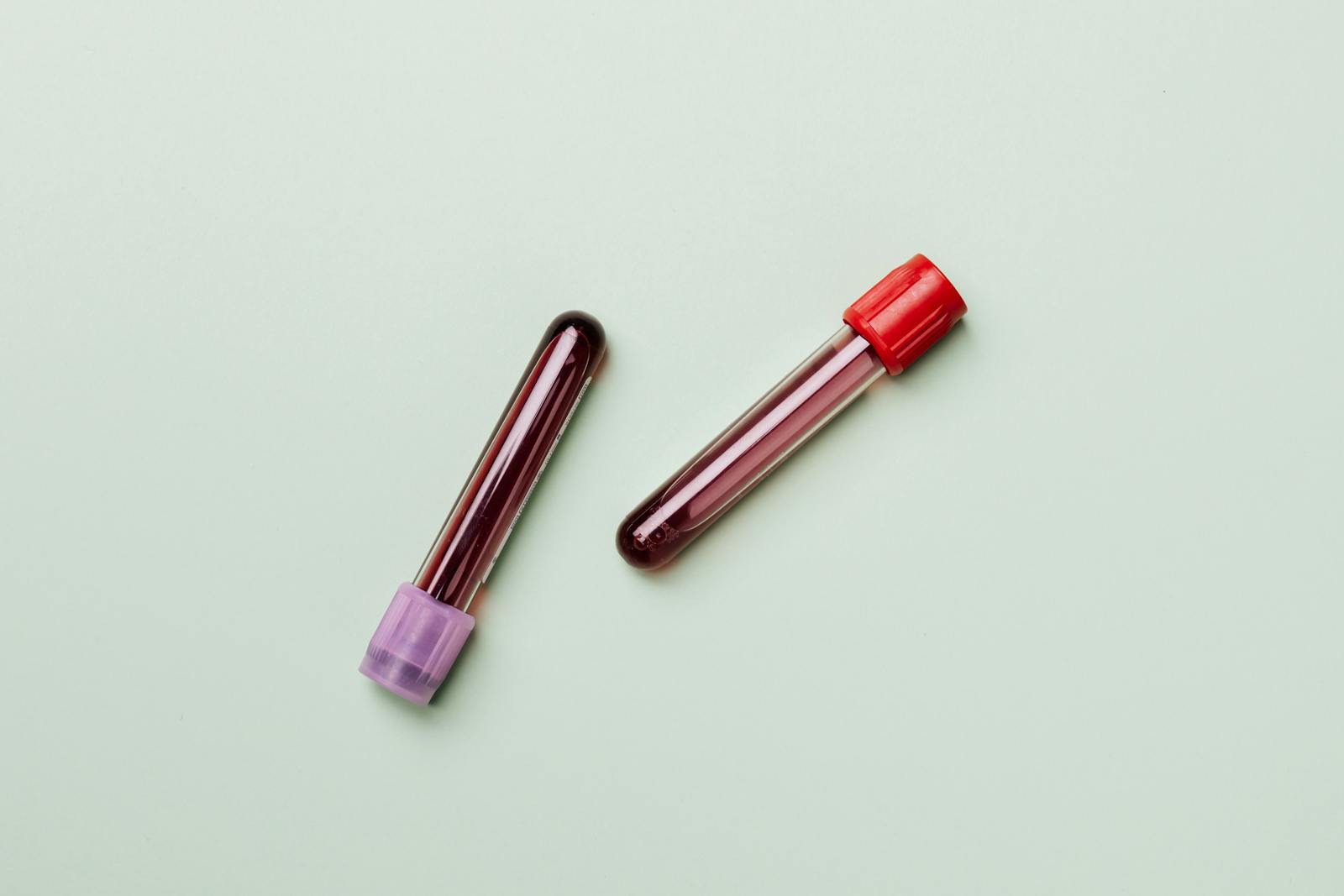A PRP centrifuge is a specialized medical device used to prepare platelet-rich plasma (PRP) by spinning a sample of blood at high speeds. This process separates the platelets from other blood components. The concentrated platelets can then be extracted and used in various medical treatments to promote healing and tissue regeneration due to their growth factor content.
The PRP centrifuge plays a crucial role in regenerative medicine by isolating platelet-rich plasma from a patient’s blood. To understand its function, it’s essential to grasp the concept of PRP – a portion of the blood plasma that is highly concentrated with platelets. These platelets are key elements in the body’s natural healing process because they release growth factors that initiate and accelerate tissue repair and regeneration.
When a PRP centrifuge is used, a small sample of the patient’s blood is placed into a centrifuge machine. The centrifuge then spins the blood at high speeds, a process that creates centrifugal forces. These forces separate the blood’s components based on their density, with red blood cells settling at the bottom, platelet-poor plasma rising to the top, and the platelet-rich plasma concentrating in the middle layer called the ‘buffy coat.’
The precision with which a PRP centrifuge operates is critical; it must spin the blood at the right speed and for the correct duration to ensure the optimal concentration of platelets without causing damage to the cells. Once the spinning process is complete, the platelet-rich layer is extracted with care to avoid contamination with other blood components.
The use of PRP has been popularized in various medical disciplines, including sports medicine, orthopedics, dentistry, and cosmetic surgery. PRP is thought to promote healing in injured tendons, ligaments, muscles, and joints, and can be applied through injections directly into the affected area. In aesthetic medicine, PRP is used for facial rejuvenation, where the growth factors help to stimulate collagen production, enhancing skin tone and texture.
The effectiveness of PRP therapy hinges significantly on the performance of the PRP centrifuge. A quality centrifuge will produce a PRP with higher concentrations of growth factors, potentially leading to more successful outcomes in treatments.
PRP centrifuges are specialized equipment distinct from general laboratory centrifuges because they have specific settings tailored for PRP preparation. They ensure the safety, consistency, and effectiveness of PRP treatments, making them a vital component in practices offering regenerative therapies.
In essence, the PRP centrifuge is at the heart of a process that harnesses the body’s innate healing mechanisms, offering hope and advanced therapeutic options for conditions that were once challenging to treat. With ongoing research and technological advancements, the capabilities of PRP centrifuges and their applications in medicine are likely to expand even further.













